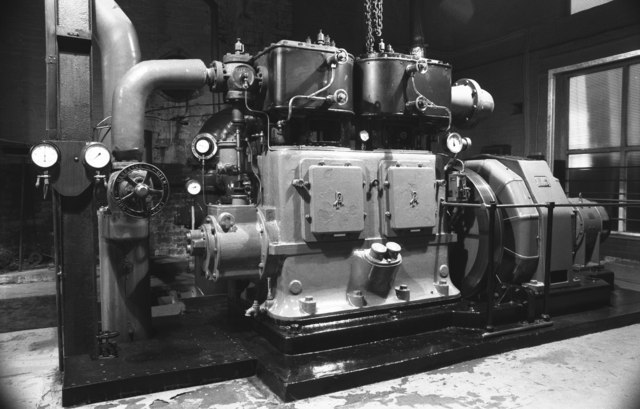This report is not a personal recommendation and does not take into account your personal circumstances or appetite for risk.
UK Manufacturing and Services Sector PMI in July
July’s manufacturing purchasing managers index (PMI) came out as 48.0, slightly better than the expected 47.7. Results were the same as in June that saw manufacturing PMI drop to a six-year low last seen in February 2013. On the other hand, UK’s July services PMI came out to be as 51.4 higher than the expected 50.3 and reaching nine-month high. Among services, consumer services sector performed the best.
 Let’s analyse what these monthly survey results show and how you can benefit from current and future results.
Let’s analyse what these monthly survey results show and how you can benefit from current and future results.
First of all, if you see a value of below 50 that means contraction has occurred in the sector, and the value above 50 shows expansion in the sector.
Manufacturing PMI survey is based on the performance of 600 industries. In July, the production volumes decreased fastest in seven years. The reason for this decrease, as reported by the companies, was weaker demand from global and domestic markets, and some buyers taking supply chains out of the UK due to the increased probability of no-deal Brexit. Results also indicate manufacturing staff recruitment freeze and as a result, hiring decreasing for the fourth month in a row this year.
An interesting thing to notice in the report is the optimism shown by the respondents for the coming months. 46% of the participants are expecting higher outputs and believe that this value of 48 was the limit of contraction that we saw.
So why are manufacturers optimistic about the future? The reasons for this are new product launches, post-Brexit reduced uncertainty and better infrastructure, such as 5G networks.
Demand is expected to increase as we approach the likely hood of no-deal October Brexit deadline and subsequently buyers stockpiling goods. Bear in mind, if the demand increases in the short-term that would mean the sales would fall after Brexit as people having already purchased the goods.
On the other hand, despite the nine-month high services PMI, the result was lower than the average of 55 for the last five years. This aggravates the concerns for this sector. The services sector accounts for 80% of the UK’s economy and therefore is considered to be the most important sector. This is the reason that despite beating the expectations, the data had no significant impact on the Sterling.
In July, due to a weaker pound, companies reported better sales and a significant increase in the cost of business. You can expect this trend to likely continue for the upcoming months.
Based on these PMI numbers, we can expect UK’s GDP data for the second quarter, out tomorrow, to likely show a notable retreat from the 0.5% growth of the first quarter.
Suleman M
This research is produced by Accendo Markets Limited. Research produced and disseminated by Accendo Markets is classified as non-independent research, and is therefore a marketing communication. This investment research has not been prepared in accordance with legal requirements designed to promote its independence and it is not subject to the prohibition on dealing ahead of the dissemination of investment research. This research does not constitute a personal recommendation or offer to enter into a transaction or an investment, and is produced and distributed for information purposes only.
Accendo Markets considers opinions and information contained within the research to be valid when published, and gives no warranty as to the investments referred to in this material. The income from the investments referred to may go down as well as up, and investors may realise losses on investments. The past performance of a particular investment is not necessarily a guide to its future performance.
Comments are closed.